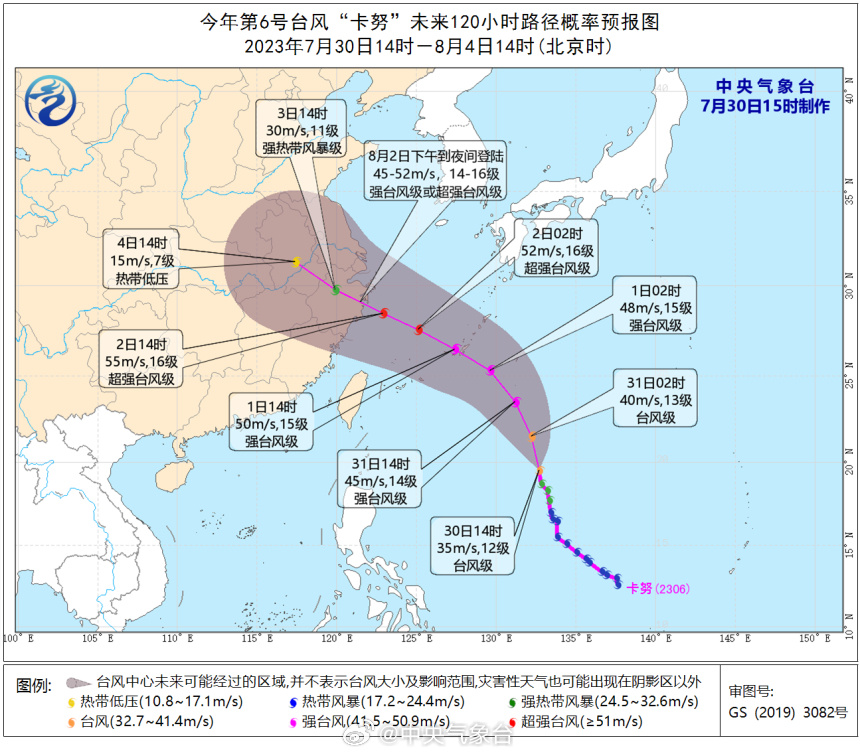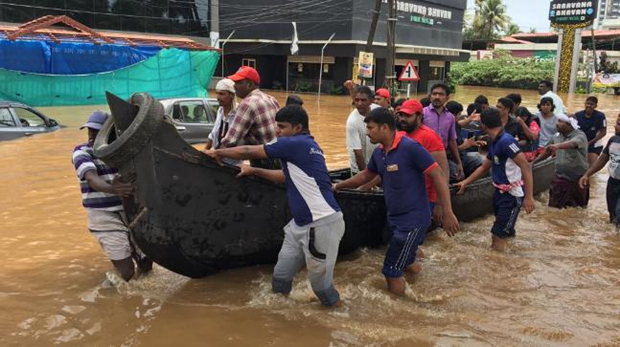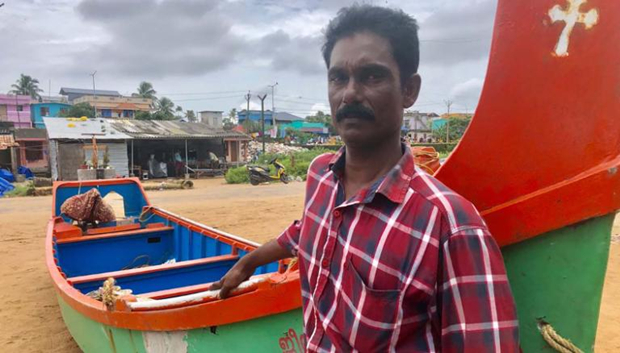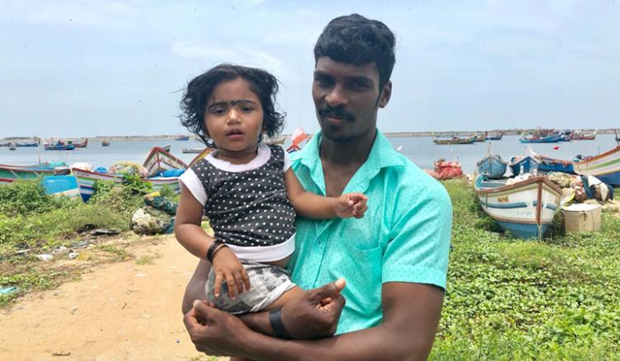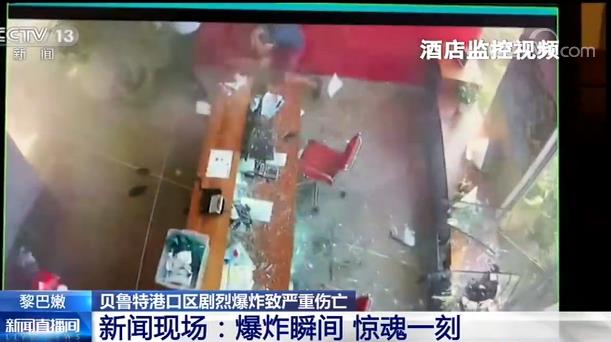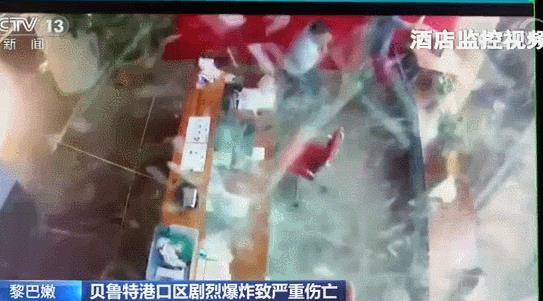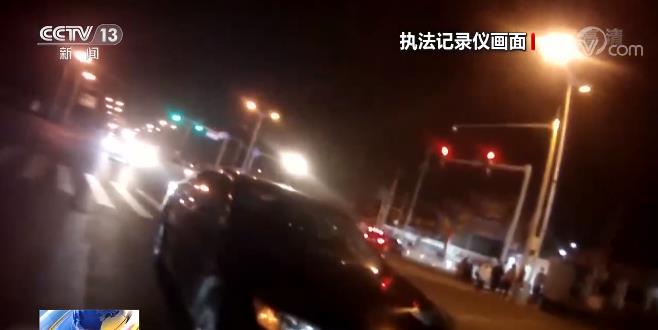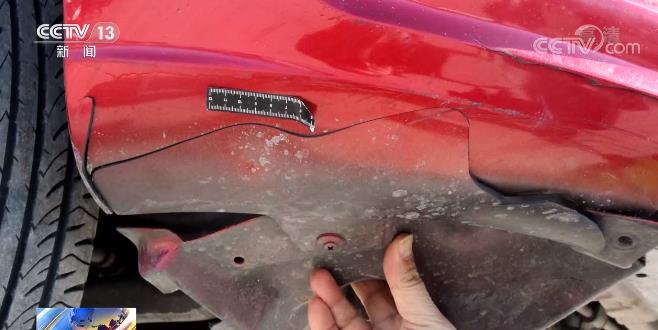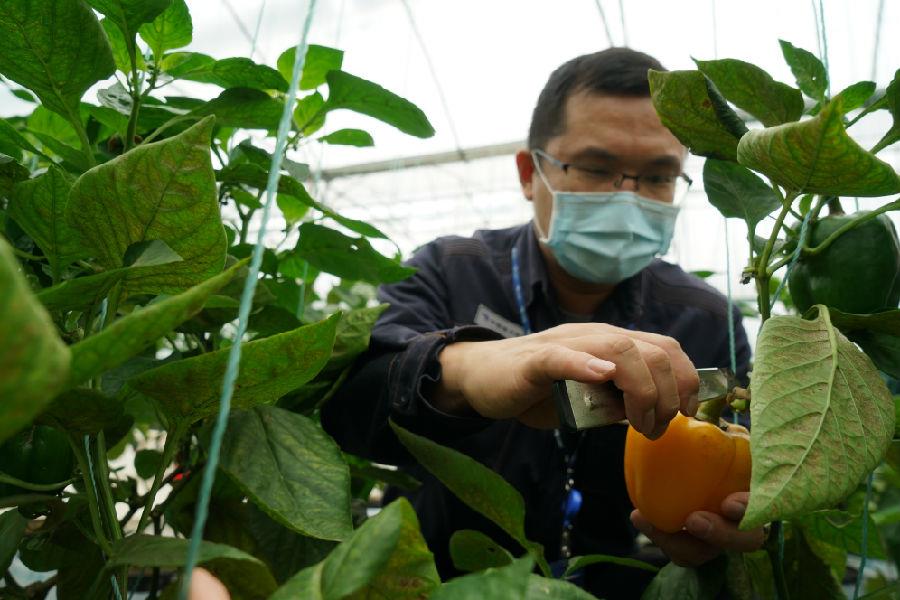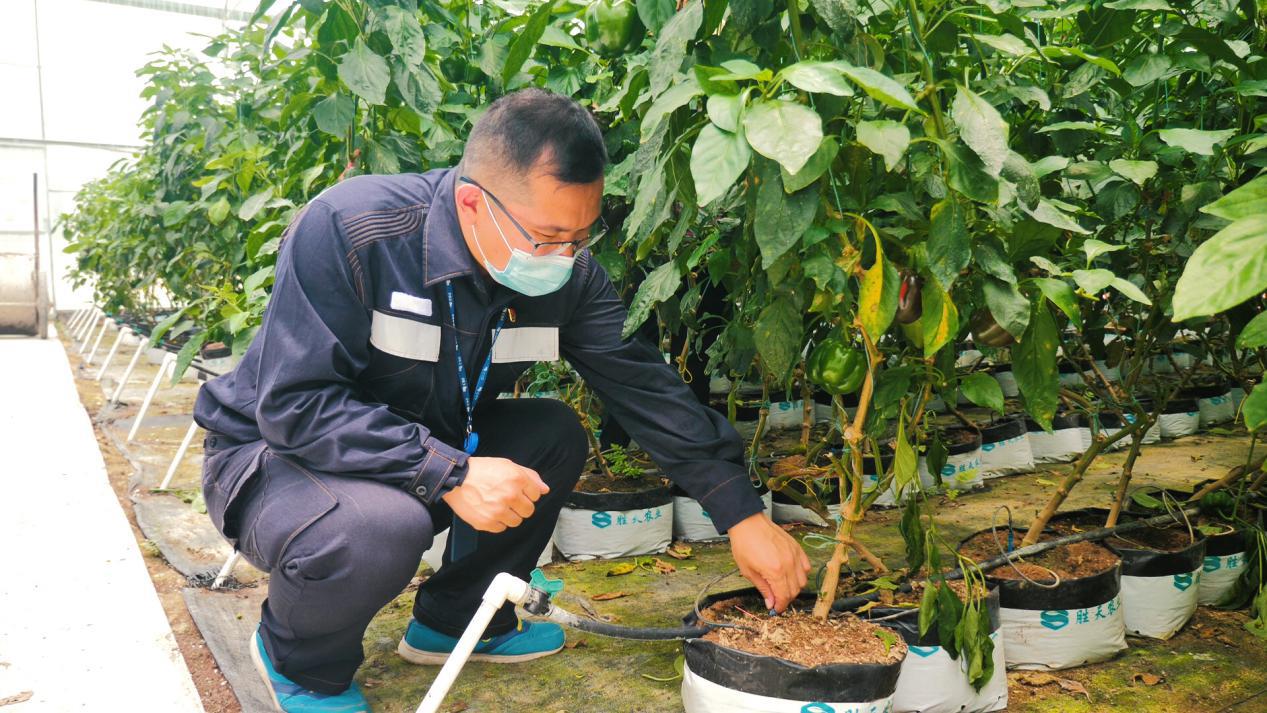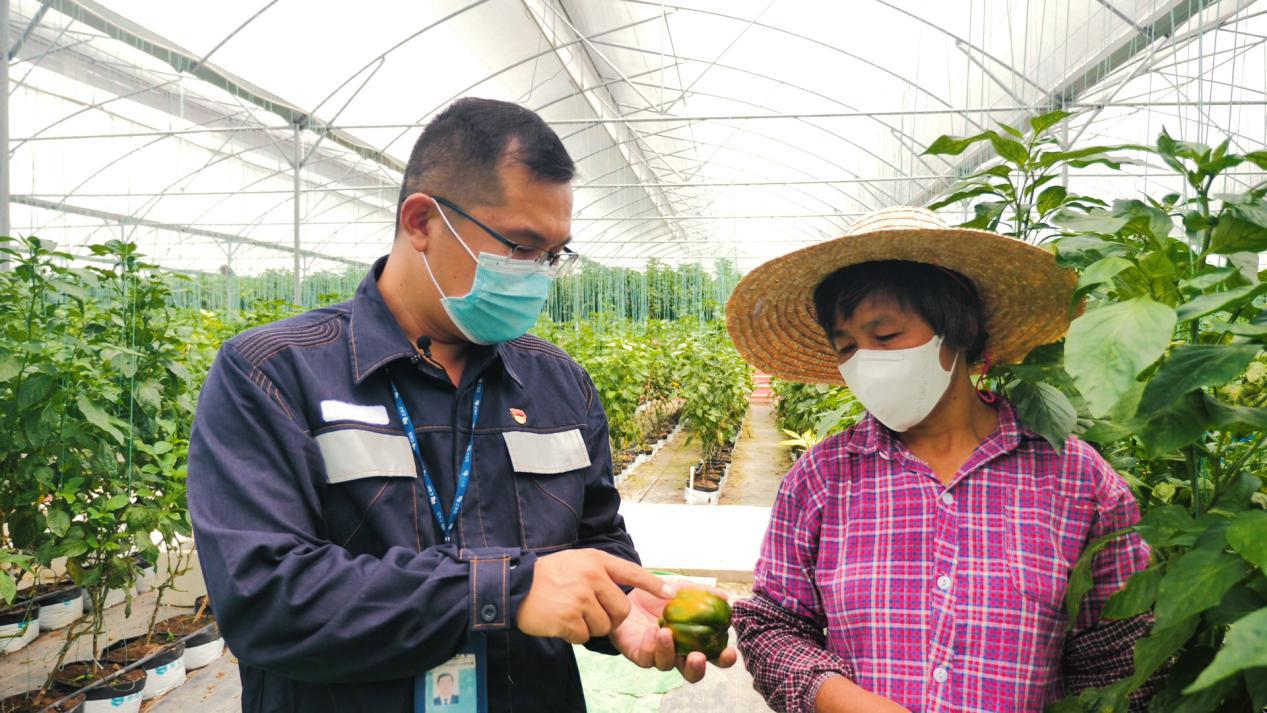Jing Zheng Fa [2021] No.10
District People’s governments, municipal government commissions, offices and bureaus, and municipal institutions:
It is of great significance to carry out urban renewal and change the mode of urban development and construction and economic growth to improve the quality of the city, meet the needs of the people for a better life and promote the high-quality development of the city. In order to promote urban renewal as a whole, the following opinions are put forward.
I. General requirements
(A) the guiding ideology
Guided by the Supreme Leader’s Socialism with Chinese characteristics Thought in the New Era, fully implement the spirit of the 19th National Congress of the Communist Party of China and the Second, Third, Fourth and Fifth Plenary Sessions of the 19th National Congress, thoroughly implement the spirit of the important speech of the Supreme Leader General Secretary to Beijing, adhere to the people-centered principle, adhere to the new development concept, follow the decision-making arrangements of the CPC Central Committee and the State Council, and take the Beijing Urban Master Plan (2016 -2035) as the guide. Implement the 14th Five-Year Plan for Beijing’s national economic and social development and the long-term goal for 2035, make overall plans to promote urban renewal, further improve urban functions, improve the living environment, inherit history and culture, promote green and low carbon, stimulate urban vitality, promote the sustainable economic and social development of the capital, and strive to build a world-class harmonious and livable capital.
(2) Basic principles
Urban renewal mainly refers to the continuous improvement, optimization and adjustment of urban spatial form and urban function in urban built-up areas (areas where planning is basically realized), which is a small-scale, gradual and sustainable renewal. Urban renewal should adhere to the following principles:
1. Planning leads, giving priority to people’s livelihood. Conscientiously implement the "Beijing Urban Master Plan (2016 -2035)", incorporate urban renewal into the economic and social development plan and the overall implementation of the land and space plan, so as to strictly control the total amount, make overall plans by districts, and increase and decrease the balance. Starting from the most direct and realistic interests that the people are most concerned about, we will improve the functions through urban renewal, fill the shortcomings, and ensure and improve people’s livelihood.
2. Government promotion and market operation. Strengthen the leading role of the government, strengthen planning control, improve policy mechanisms, and do a good job in service guarantee. Give full play to the role of the market, encourage and guide market players to participate in urban renewal, and form a diversified renewal model.
3. Public participation, joint construction and sharing. Fully mobilize the enthusiasm and initiative of the public and social organizations to participate in urban renewal, establish an equal consultation mechanism, jointly promote urban renewal, and realize decision-making collusion, development and co-construction, joint management of construction and sharing of achievements.
4. Pilot first and advance in an orderly manner. Scientifically formulate urban renewal plans, highlight key points, make overall arrangements and make steady progress. Focus on bottlenecks, boldly reform and innovate, actively explore new modes and paths of urban renewal, and form mature experiences and gradually promote them.
Second, strengthen planning guidance
(1) Circle guidance
The core functional area of the capital is mainly protected and updated, while the central urban area is mainly reduced in quantity and upgraded in quality. Sub-centers of cities and new towns in plain areas undertake the functions of the central urban area in combination with urban renewal, and ecological conservation areas moderately undertake urban functions that are compatible with green ecological development in combination with urban renewal.
(2) Block guidance
Urban renewal is carried out in blocks, and the comprehensive implementation plan and the implementation plan of renewal projects are scientifically compiled according to the detailed regulatory planning of blocks. Carry out comprehensive evaluation of blocks, find and analyze the problems existing in urban functions, supporting facilities and spatial quality of blocks, sort out spatial resources and determine the renewal tasks. Match the space resources with the updating tasks, change the one-off indicators into dynamic on-demand allocation, and intensively use the space resources. Revitalize the existing buildings in the block, focus on old residential areas, old bungalows, old industrial areas, old commercial areas, old buildings and certain deep areas on both sides of important streets, and encourage property owners to update independently and social forces to participate in the update through the status quo ownership check and positive and negative list guidance. Taking the space such as home center and community meeting room as the carrier, this paper explores the composite utilization mode of municipal infrastructure, public service facilities and public safety facilities, and improves the convenience and comfort of residents’ lives and the quality of public space around the needs of "seven haves" and "five natures".
Third, the main update methods
(A) the transformation of old residential areas
Implement comprehensive renovation of old residential areas, and supplement public service facilities such as convenient commerce and old-age care services with existing houses and public spaces according to residents’ wishes; You can use open space, illegal land for vacating, etc. to increase parking spaces, or set up convenient facilities such as mechanical parking facilities. Encourage the installation of elevators in old residential buildings.
(2) Reconstruction of dilapidated buildings
The dilapidated buildings identified by the housing administrative department are allowed to be rebuilt through renovation, reconstruction or appropriate expansion. If conditions permit, the scale of the building can be appropriately increased, complete renovation or convenience service facilities can be implemented. Encourage social capital to participate in the transformation, and the funds will be raised by the government, property units, residents and social institutions. Houses vacated by residents after resettlement in different places or monetary resettlement can be used as affordable housing such as rental houses.
(3) Renovation of old factory buildings
Clarify the access standards for the transformation and utilization of old factories, and give priority to the development of industries such as intelligent manufacturing, technological innovation and culture on the premise of meeting the planning. Encourage the use of old factories to develop new infrastructure, modern service industries and other industrial formats supported by the state and the city; Encourage the use of old factories to supplement public service facilities. Encourage old industrial plants to implement planning through renovation or land replacement, and increase facilities such as roads, green spaces, squares and emergency shelters. Old factories within the Fifth Ring Road and the sub-center of the city can fill the shortcomings of the city and introduce industrial projects that meet the requirements according to the planning and actual needs; Old factories in other areas outside the Fifth Ring Road are used to develop high-end manufacturing in principle.
(D) Renewal of old buildings
Encourage old buildings such as old office buildings and old commercial facilities to upgrade, adjust their functions, enhance their vitality and develop new formats. Allow old buildings to add fire stairs, elevators and other facilities, allowing mixed building functions and compatible uses; Encourage the comprehensive utilization of qualified underground space.
(V) Renovation of bungalows (courtyards) in the functional core area of the capital.
Under the premise of complying with the relevant provisions of the Regulations on the Protection of Historical and Cultural Cities in Beijing, the requirements for the protection of historical blocks and related technologies and standards, the bungalows (courtyards) in the functional core area of the capital will be applied for rent withdrawal, rent change, protective repair and restoration, so as to build a symbiotic courtyard, eliminate potential safety hazards, protect traditional styles and improve living conditions. Vacant space is given priority to ensuring the functions of central government affairs, serving central units and improving regional public service facilities. At the same time, encourage vacating space for traditional cultural display, experience and special services, build creative space or develop rental housing.
(6) Other types
Encourage the transformation and upgrading of urban public space, improve municipal infrastructure, public service facilities and public safety facilities, and optimize and upgrade urban functions. Encourage the construction of characteristic blocks, ecological blocks and smart blocks to create a safe, intelligent, green and low-carbon living environment. Encourage traditional business circles to adjust industrial structure, optimize business formats, innovate marketing models, stimulate consumption potential, and effectively increase the supply of service consumption. Support the renovation of industrial parks, promote industrial transformation and upgrading, and build a sophisticated industrial structure. Promote urban renewal and rectification, promote the effective connection of special actions for promotion, and rationally use the space for evacuation. Accelerate the finishing work of the transformation of urban shanty towns.
Fourth, organize the implementation
(A) to determine the implementation of the main body
If the property right of the urban renewal project is clear, the property right unit can be used as the main body of implementation, or a professional institution can be entrusted as the main body of implementation by means of agreement and investment (shareholding); If the property right relationship is complex, the district government (including the Administrative Committee of Beijing Economic and Technological Development Zone, the same below) shall determine the implementation subject according to law. To determine the subject of implementation, we should fully consult the opinions of relevant rights holders or residents, so as to be open, fair and just.
(two) the preparation of the implementation plan
On the basis of thorough investigation, the implementer should prepare and update the project implementation plan and solicit the opinions of relevant rights holders or residents. The plan should specify the scope, content, method, building scale, use function, construction plan, land acquisition method, fund raising method, operation and management mode, etc. Responsible planners and architects should participate in the whole process of urban renewal, strengthen business guidance, do a good job in technical services, and issue written opinions on the implementation plan.
(3) Review decisions
The implementation plan of the updated project shall be reviewed by the relevant industry authorities in the district and implemented with the consent of the district government. If the implementation of key areas or important projects involves major issues in the capital planning, it is necessary to report to the CPC Central Committee in accordance with relevant requirements and procedures.
(4) formalities
In principle, the relevant examination and approval procedures for urban renewal shall be handled by the district administrative department, and the district governments shall further simplify the examination and approval procedures, shorten the examination and approval time and improve the examination and approval efficiency in combination with relevant policies to optimize the business environment. The relevant departments may apply for business license if they use the renovated space to engage in business activities according to the relevant requirements.
V. Supporting policies
(A) planning policy
1. For the renewal projects that conform to the positive list of the planned use nature, guarantee the basic life of residents and fill the shortcomings of the city, the construction scale can be appropriately increased according to actual needs. The increased building scale is not included in the total scale of block control, and is recorded and counted separately by each district.
2. With the consent of the owners who participated in the voting with an area of more than three-quarters of the exclusive part and more than three-quarters of the voting people, the supporting houses of public service facilities in old residential areas can be used for municipal utilities, commerce, pension, culture, sports, education and other purposes that meet the requirements of the positive list of planned use properties according to actual needs.
3. On the premise of meeting relevant specifications, functions such as culture, sports, education, medical care and social welfare can be arranged in commercial and business office buildings.
4. Under the premise of conforming to the positive list of planned use nature and ensuring structural and fire safety, underground space can be comprehensively used for municipal utilities, transportation, public services, commerce, warehousing and other purposes in peacetime, taking into account the needs of civil air defense in wartime.
5. On the basis of accounting in accordance with the technical specifications such as "Allocation Index of Residential Public Service Facilities in Beijing", after meeting the fire safety requirements and consulting the opinions of relevant rights holders, the green rate, building density, building clearance and spacing, motor vehicle entrances and exits of some plots can be controlled at no less than the current level.
(2) Land policy
1. The renewal project can go through the formalities of land use by means of allocation, transfer, lease, and investment at a fixed price (shares) according to law. If the property right of public service facilities on behalf of the agent is transferred to the relevant government departments or units, the procedures for land use shall be handled by means of allocation. Operating facilities shall go through the formalities for land use by agreement or other paid use methods.
2. In line with the planning and without changing the subject of land use, if the new industries and formats supported by the project development countries and this Municipality are updated, the relevant industry authorities shall provide supporting documents and enjoy the transitional policy of using the land according to the original purpose and original right type. The transition period is limited to 5 years. If the land use formalities need to be handled at the expiration of 5 years or transfer, the land use formalities can be handled by agreement according to new uses and new rights types.
3. If the land price needs to be paid back for the adjustment of the nature of land use, it can be paid in installments, with the first payment ratio not less than 50%, and the longest period of installment payment not exceeding 1 year.
4. If the renewal project goes through the formalities of land use by lease, the annual rent system will be implemented, and the annual rent will be approved according to the relevant land price evaluation procedures. After the lease expires, the lease can be renewed or the land use formalities can be handled by agreement.
5. Updating the registration of real estate of the project shall be handled in accordance with the Provisional Regulations on the Registration of Real Estate and relevant regulations.
6. Operating service facilities can be separated from ownership and management rights, and the management rights can be transferred to relevant professional institutions with the consent of the owners and the recognition of the district government.
7. Under the premise of not changing the use function determined in the implementation plan of the renewal project, the right to use the construction land for operating service facilities can be transferred or leased according to law, and the right to use the construction land and the ownership of the above-ground buildings and other attachments can also be mortgaged for financing. After the mortgage is realized, the original business activities should be kept stable, and the land should not be idle, the land use should not be changed, and the rights and interests of stakeholders should not be damaged.
(3) Capital policy
1. The funds required for urban renewal involving government investment are mainly borne by the district-level finance, and the district governments should co-ordinate relevant municipal subsidy funds to support the renewal projects in this area.
2. For renovation of old residential areas, renovation of dilapidated buildings, application-based rent withdrawal and repair of bungalows (courtyards) in the functional core area of the capital, the municipal finance will give support in accordance with relevant policies.
3. The municipal government’s investment in fixed assets can be supported in accordance with the corresponding proportion for eligible renewal projects such as renovation of municipal pipelines and renovation of old factories in old communities.
4. Encourage market players to invest in urban renewal; Encourage real estate property owners to raise funds for renovation; Encourage financial institutions to innovate financial products and support urban renewal.
VI. Safeguard measures
(A) to strengthen organizational leadership
The Urban Renewal Special Group under the Urban Work Committee of the Municipal Party Committee is responsible for promoting urban renewal as a whole. Relevant municipal departments should establish a coordinated linkage mechanism, strengthen policy innovation, deepen the reform of streamline administration, delegate power, strengthen regulation and improve services, and support all districts to promote urban renewal. District governments should strengthen the implementation of responsibilities, formulate update plans, establish task accounts, and organize streets (towns and villages) to implement various tasks in detail. Establish a contact mechanism between the city and the central units to jointly promote urban renewal.
(2) Do a good job in business training.
District governments, municipal departments and units should adopt centralized training and special training, strengthen business training for all kinds of personnel at all levels, focus on street (township) and the implementation of the main personnel to carry out training, do a good job in policy interpretation and counseling, open up working ideas, master working methods, and improve business ability and work level.
(3) Do a good job in publicity and guidance
Through the combination of traditional media and new media, policy interpretation and case analysis, all-round, multi-angle and multi-channel publicity will be carried out to respond to social concerns in time and create a good atmosphere for the smooth promotion of urban renewal.
the people’s government of beijing city
May 15, 2021
